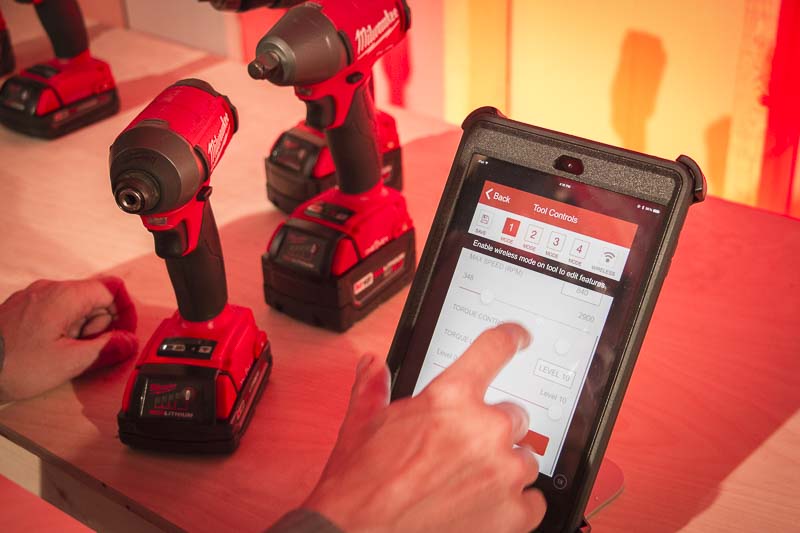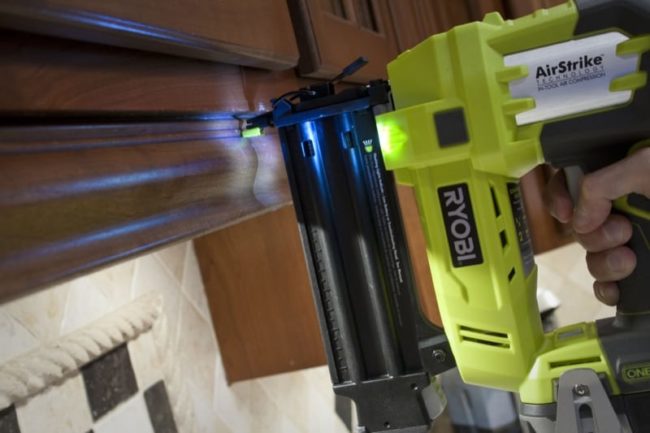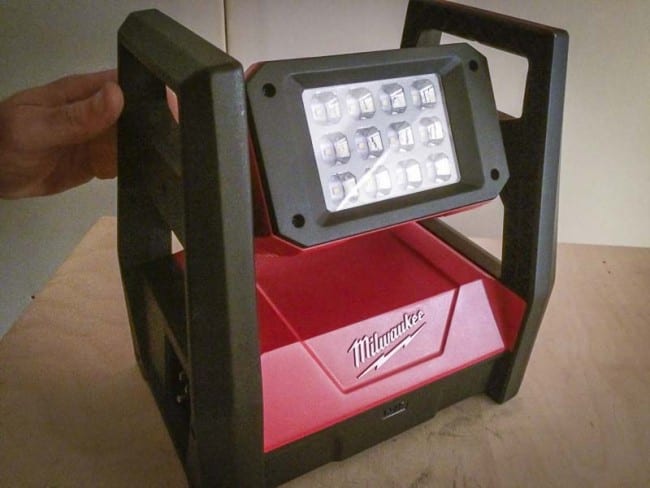My staff gets our hands-on literally hundreds of new tools each year. Many times, this happens before the public gets a chance to see them. With each new iteration comes a new feature, an improved spec, or perhaps a drop in price.
The real excitement, however, comes from the rare tools that break new ground completely. These set the standard for what future tools will bring to the market. Take 2012, for example, that was the year brushless tools really started to come into their own. They offered greater run-time, less wearable parts, and better heat dissipation. That allowed these tools to operate with more torque and run longer before overheating.
In comparison, power tool innovations in 2016 seem to indicate a movement towards technology and connectivity advancements. These are taking a front seat over simpler mechanical improvements.
Coincidentally, the Pro Tool Innovations Awards are well underway. This should provide some additional insight into what’s hot and upcoming in 2016.
We’ll go through an overview of what you can expect for power tool innovations in 2016 and what that means to you as a professional tool user.
Smart Tools with Customized Functions
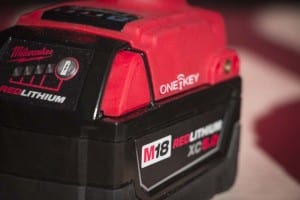
The big news was that these new motors were controlled by electronics. Speed was digitally controlled. Torque could be digitally controlled. Even the clutch could be controlled digitally. This begged the question: With digital technology, how long would it be before we could customize the settings of our new “digital” tools? The answer appeared this year with an announcement of Milwaukee One-Key tool technology. While Milwaukee is first to market with this kind of tool customization and control, others are looking into it as well. At a recent 100 year Makita Anniversary event, the company indicated it was looking into smart tool technology to control functions like speed, torque, and run-time.
The Difference is Digital
Power tool innovations in 2016 will also bring about smarter tools. Milwaukee One-Key provides customization over digital power tool functions. It lets you program a drill or impact driver for a particular fastening situation (or even a particular fastener). The tool connects with an Android or iOS app and can configure the four programmable “mode” buttons to function in any way you’d like.
Once you configure these buttons, you can save the settings and disconnect the tool from the app. One-Key can be used to set the ramp-up, maximum speed, and torque control for sinking drywall screws with a single trigger pull. You can customize speed and torque to keep from breaking bits when fastening self-tapping screws into sheet metal or steel studs.
One-Key also allows for remote tool reporting. You can track successful connections on a job site made with their new cordless Force Logic crimpers. The tool records successful crimps in real-time and stores them in the tool until uploaded to the reporting software. This can be done daily, weekly, or at the conclusion of a job. At the end of a job, you can print out a report to hand the electrical inspector. How’s that for time-savings!
The last thing One-Key does is provide an app and software for managed inventory. Now, you can add all of your tools (be they Ridgid, Milwaukee, Makita, etc) into a single system, capture receipts, and even check tools in and out of your tool crib. There’s even a provision to track missing or damaged tools. Plus, if you ever have an insurance claim, all of your information is in one convenient place.
Battery Technology is Advancing at Light Speed
On a related technology front, we’ll see DeWalt Bluetooth lithium-ion batteries introduced in 2016 which will allow users to monitor things like charge status, battery health, and temperature. While much less sophisticated than full tool control, it does indicate a potential trend for tool-tracking and remote monitoring. The big interest among construction professionals we’ve interviewed seems to be theft reduction. Smart batteries and smart tools are a definitive step in the right direction. In fact, with all of the electronics already being placed in modern power tools, it won’t be long before they can have embedded GPS tracking with hardly a dent in the costs of production.
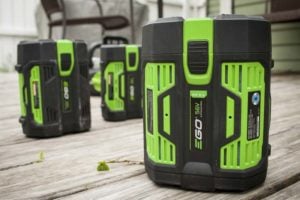
Most other tool companies like Ridgid, Ryobi, Makita, DeWalt, Bosch, and others already have batteries that measure anywhere from 4.0 to 6.0 Ah in size. These larger-capacity batteries do several things. For one, they allow for longer run-times. You’ll start to see more and more tools advertised with “all-day” run-time. Secondly, they allow for bigger and higher capacity tools that were previously restricted to corded models. Third, they allow for better tool optimization. That means you can deliver additional power capacity while the tools run more efficiently and at a lower temperature. All of this is great news for users of cordless tools.
(More) Cordless Pneumatic Tools
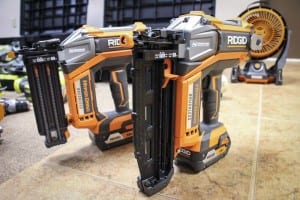
The new Ridgid brushless cordless nailers (the first brushless finish and brad nailers on the market) offer a smaller form factor than you typically find, reducing weight and making for a more ergonomic tool. In general, we’ve found these tools to be incredibly useful—and more and more seem to be entering the market. 2016 will see the first cordless pin nailer from Makita, and we’re certain other products from additional manufacturers will follow and expand this segment further. Will 2016 be the year a battery-powered roofing nailer finally gets introduced? We’ll have to see.
Power Tool Innovations Include LED Job Site Lighting
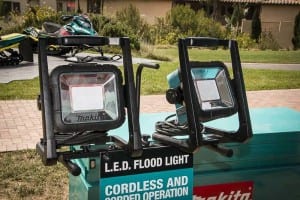
With the current battery technology, and the efficiencies of LED light systems, manufacturers are getting the equivalent of 500-750 watts of illumination from these new work lights. Add to that incredible durability, water-resistance, all-day run-time, and fast set-up & tear-down, and you might just have bought your last halogen replacement lamp. Found in many form-factors, look for new battery-powered and dual-power solutions from Ridgid, Ryobi, Makita, Milwaukee, Husky, and DeWalt in 2016.
I’m certain 2016 will be a great year for tool innovation. With just the tools we’ve seen, the year promises to be filled with bigger and better products, more features, and advancements that will change (for the better) how you work. We can’t wait!

